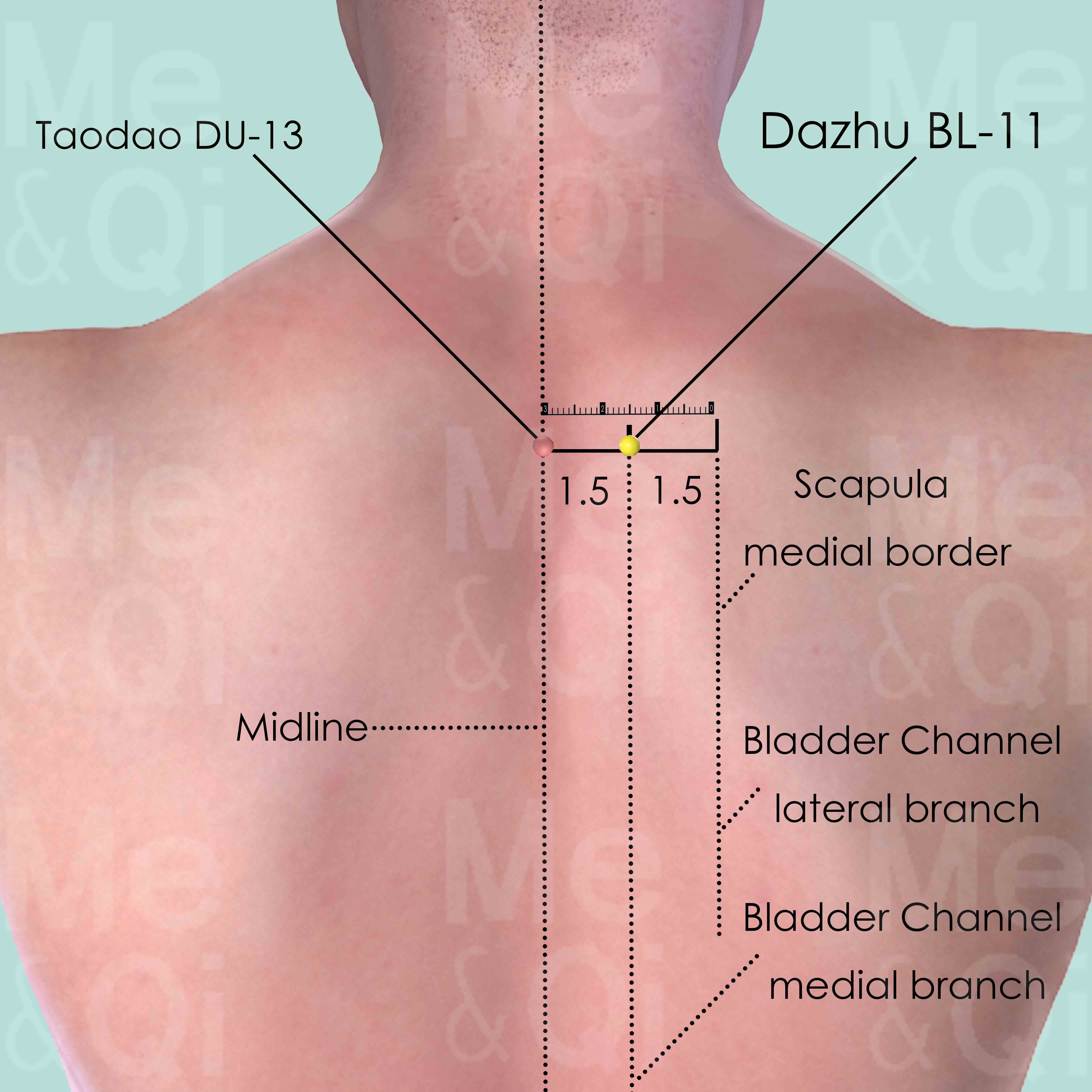Skeletal Deformitiesaccording to TCM
Symptom family: Bone and Skeletal Symptoms and Disorders
What are Skeletal Deformities?
Skeletal deformities encompass a range of conditions characterized by abnormal shapes, sizes, and structures of various bones in the human body. These anomalies can be congenital, arising from genetic factors, or develop over time due to disease, malnutrition, or injury.
Common manifestations include curvature of the spine, such as in scoliosis, discrepancies in limb length, and deformities of the skull and facial bones. While some skeletal deformities are easily visible and may affect movement and posture, others might be more subtle, detected only through medical imaging.
How does TCM view Skeletal Deformities?
Traditional Chinese Medicine (TCM) interprets skeletal deformities as physical manifestations of deeper imbalances within the body's fundamental substances—Qi, Blood, Essence, and Body Fluids. TCM suggests that such imbalances disrupt the nourishment and maintenance of the bones.
Identifying the specific TCM pattern behind the deformity is crucial. It guides the practitioner to a tailored treatment plan aimed at correcting the underlying disharmony, rather than just addressing the deformity itself. TCM's holistic approach seeks to harmonize the body's energies, promoting optimal bone health and function.
Root Causes of Skeletal Deformities in TCM
TCM recognizes several underlying causes for skeletal deformities, but among them, Phlegm accumulation and Blood Stagnation are considered significant. Phlegm can obscure the channels, leading to joint stiffness and bone malformations, while Stagnant Blood fails to nourish and support bone structure properly.
These causes reflect the TCM principle that the body's energetic flow is integral to its physical form. Addressing these energetic disruptions is believed to help alleviate the physical symptoms, demonstrating the interconnectedness of the physical and energetic in TCM.
Explore below more details about what might cause Skeletal deformities according to TCM.
- By Syndrome
- Phlegm
Phlegm
In TCM "Phlegm" as a pattern of disharmony is a complex concept that extends beyond the physical manifestation of mucus. It represents a pathological factor that can disrupt the flow of Qi (vital energy) and blood, leading to various health issues. Phlegm in TCM is seen as a sticky, turbid substance arising from the body's inability to metabolize fluids properly, often due to a dysfunction of the spleen. It's not only associated with respiratory problems like cough and congestion but also with systemic issues. Symptoms can include a feeling of heaviness, mental cloudiness, dizziness, and in some cases, the formation of lumps or masses. Phlegm can even be "invisible," contributing to emotional disturbances like depression or stress. ... see more
Phlegm Patterns That Can Lead to Skeletal Deformities
| Pattern Name | Relevant Symptoms | Relevant Formulas |
|---|---|---|
| Phlegm in the Channels joints and muscles | Bone deformities, Skin numbness, Skeletal deformities, Joint stiffness, Arthralgia, Muscle pain | Shen Tong Zhu Yu Tang |
TCM Herbal Formulas for Skeletal Deformities
In addressing skeletal deformities, TCM relies on herbal formulas to target the underlying causes. For issues stemming from Phlegm in the channels, the formula Shen Tong Zhu Yu Tang is often recommended. This formula falls under the category of those that regulate Blood and includes key herbs like Peach Kernels, which are known to invigorate Blood.
Such herbs are chosen for their ability to address the stagnation and accumulations that contribute to skeletal deformities, with the aim of restoring smooth flow and balance within the body's channels.
See more details below about Shen Tong Zhu Yu Tang, a herbal formula used to address skeletal deformities.
- By Cause
- By Formula Type
- Phlegm
- Formulas that regulate blood
Top Formula for Phlegm:
Shen Tong Zhu Yu Tang
Suitable for Phlegm patterns that may cause skeletal deformities, such as Phlegm in the Channels joints and muscles
Learn moreFormulas that regulate Blood
These formulas are suitable for some skeletal deformities-causing patterns like Phlegm in the Channels joints and muscles.
One such formula is Shen Tong Zhu Yu Tang, with peach kernel as a key herb.
Acupoints for Skeletal Deformities
The treatment of skeletal deformities in TCM may also include acupuncture, with specific acupoints along the Bladder Channel being targeted to address bone health. Dazhu BL-11, for instance, is a significant point located on the back, near the spine, known for its actions that nourish Blood and Bone, expel Wind, and descend Lung Qi.
Stimulating Dazhu BL-11 is thought to promote the health of the skeletal system, reflecting TCM's focus on using the body's own energy pathways to facilitate healing and balance.
See more details below about Dazhu BL-11, an acupoint used to address skeletal deformities.
- By Meridian
- Bladder Channel

Dazhu BL-11
On the level of the lower border of the spinous process of the 1st thoracic vertebra (T1), 1.5 cun (about 2 finger-breadths) lateral to the posterior midline.
